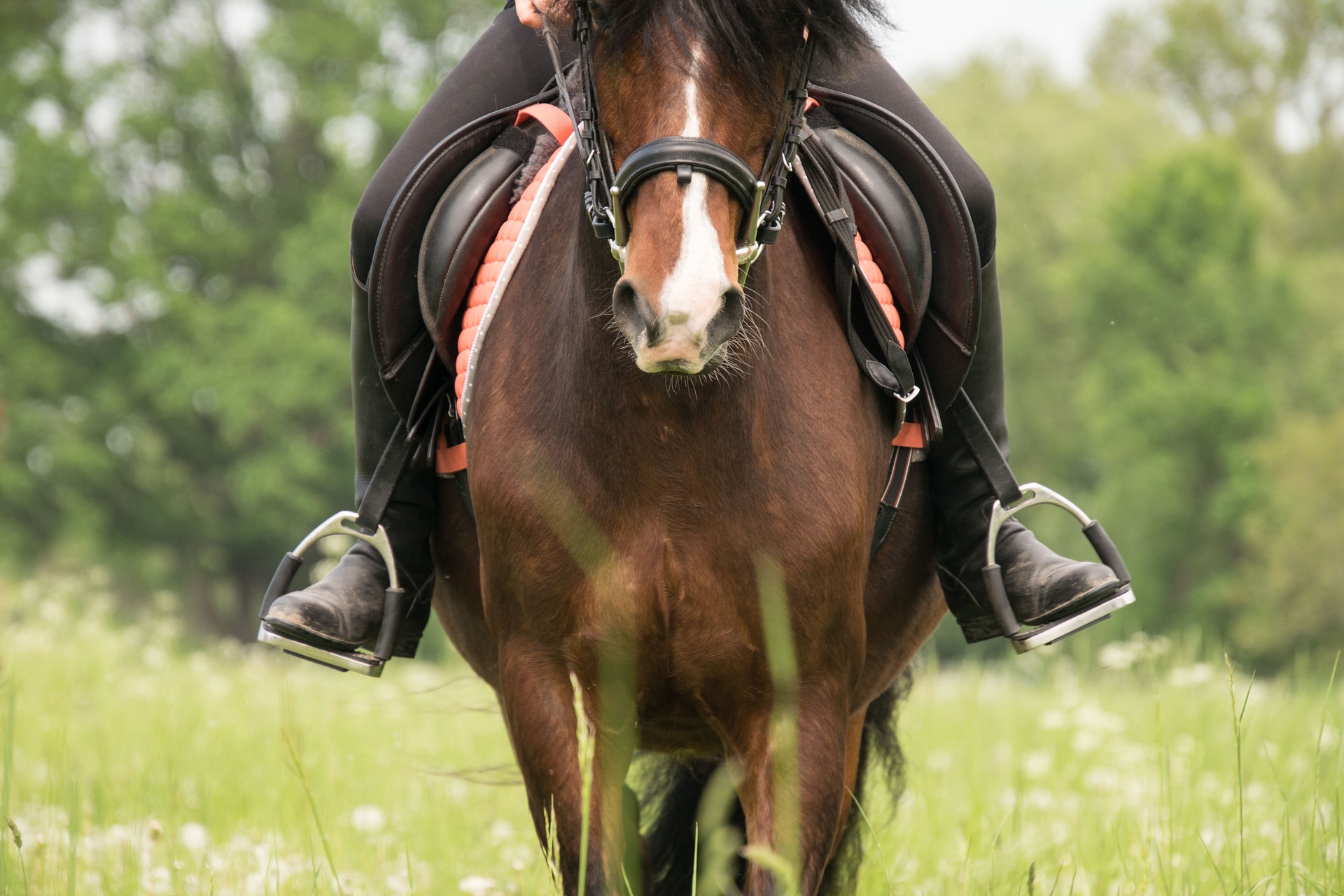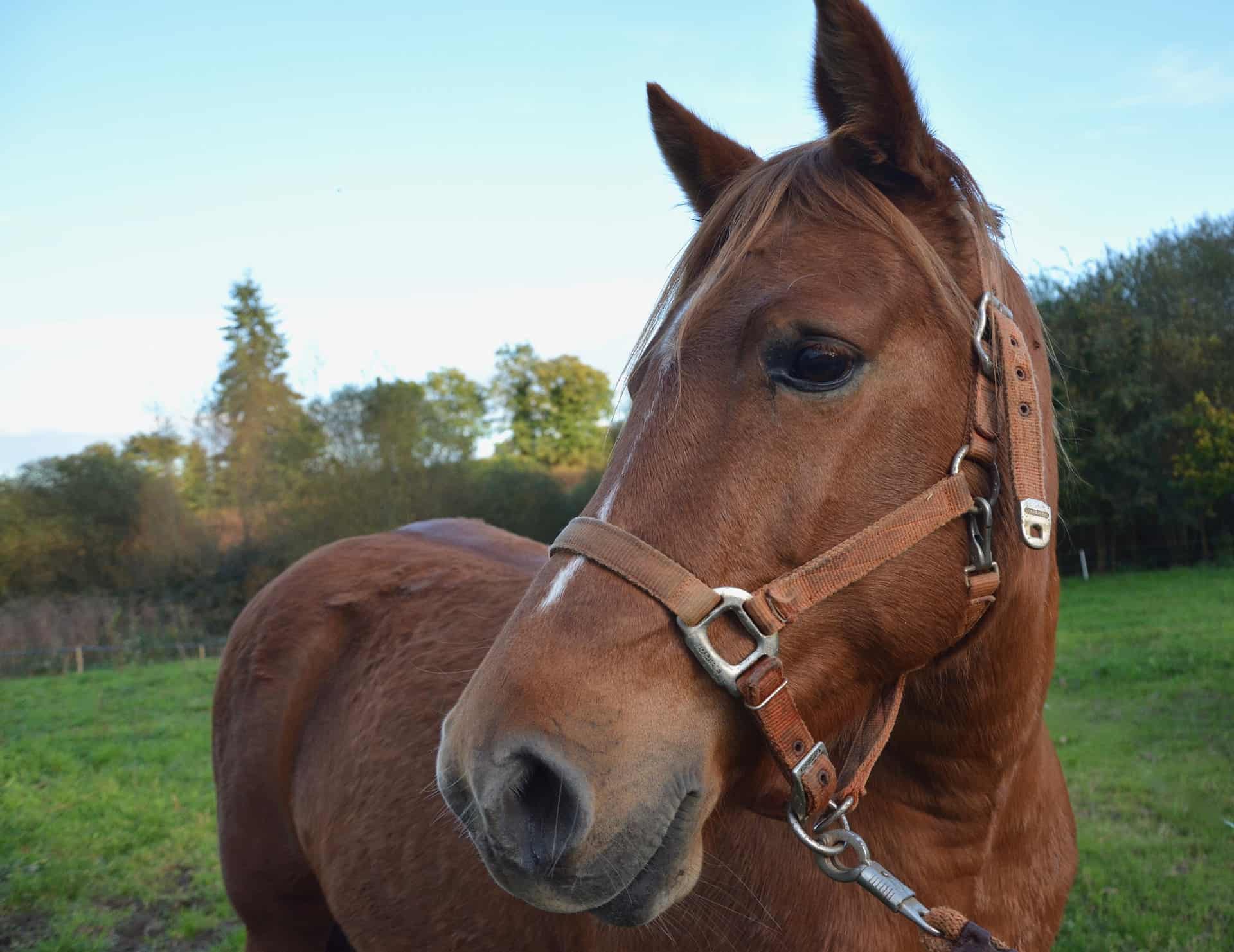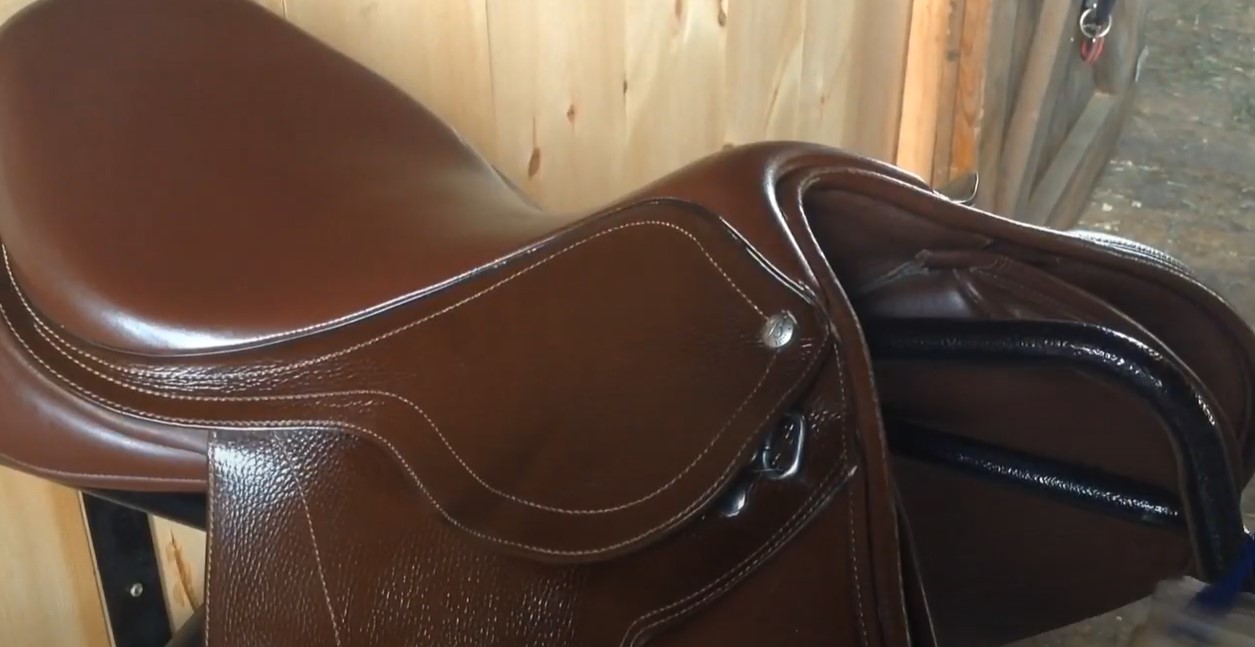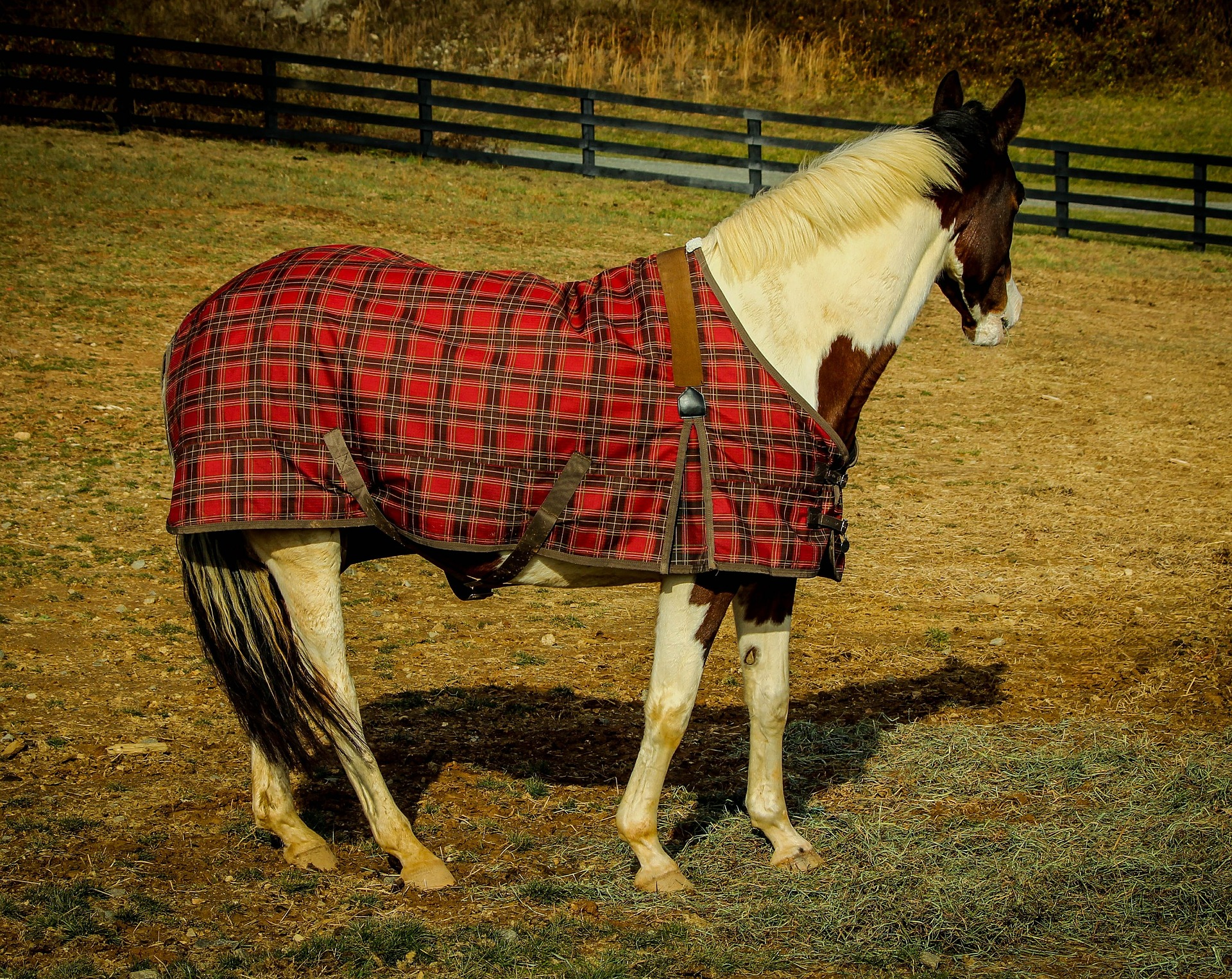Horse riders often overlook stirrup irons as an essential piece of riding equipment. However, the type of stirrups a rider uses may influence their performance in the arena as much as their choice of saddle, bit, or other tack items. More importantly, they also profoundly impact the safety of a rider in the event of a fall. Read on to learn more about the stirrup styles available on the market, and how to select the right ones for your needs and discipline, including the best safety stirrups, the best stirrups for jumping, and the best dressage stirrups.
What Are Stirrup Irons?
Stirrups are flat-bottom rings suspended from both sides of a saddle by stirrup leathers. They first appeared on saddles thousands of years ago and drastically changed the functionality of tack by enhancing security and balance when mounted.
Originally forged from iron, they are now available in a variety of materials and designs to suit the needs of every rider ranging from traditional options to models designed to increase performance.
The Purpose of Stirrups
Stirrup irons offer a base of support for the rider's foot while mounted. Riders place their foot in the stirrup to help stabilize their leg and maintain their balance when riding. They also assist the rider in mounting their horse by allowing the rider to step up into the saddle.
Stirrup Importance
The stirrups you choose are incredibly important. These irons directly impact your position and effectiveness in the saddle. The support that they offer also influences rider comfort, especially if the individual suffers from joint pain.
Most importantly, a stirrup iron can potentially save your life during an accident. In the event of a fall from a horse, the foot must easily withdraw from the stirrups. If a rider's foot gets stuck in the iron during an unexpected dismount, catastrophic injuries may result from the horse spooking and dragging the rider.
Types of Stirrups
Stirrups evolved over the centuries from simple rings made from metal to intricate designs as technology advanced and equestrian sport developed. They range from traditional irons to high tech safety stirrups to provide a variety of options for all disciplines. Watch a competition, and you will see stirrup choices as diverse as any other piece of tack.
Common types include traditional fills, peacock quick release, and Flexi styles. Unique varieties also exist in advanced equipment based on the latest technology.
Traditional Fillis Irons
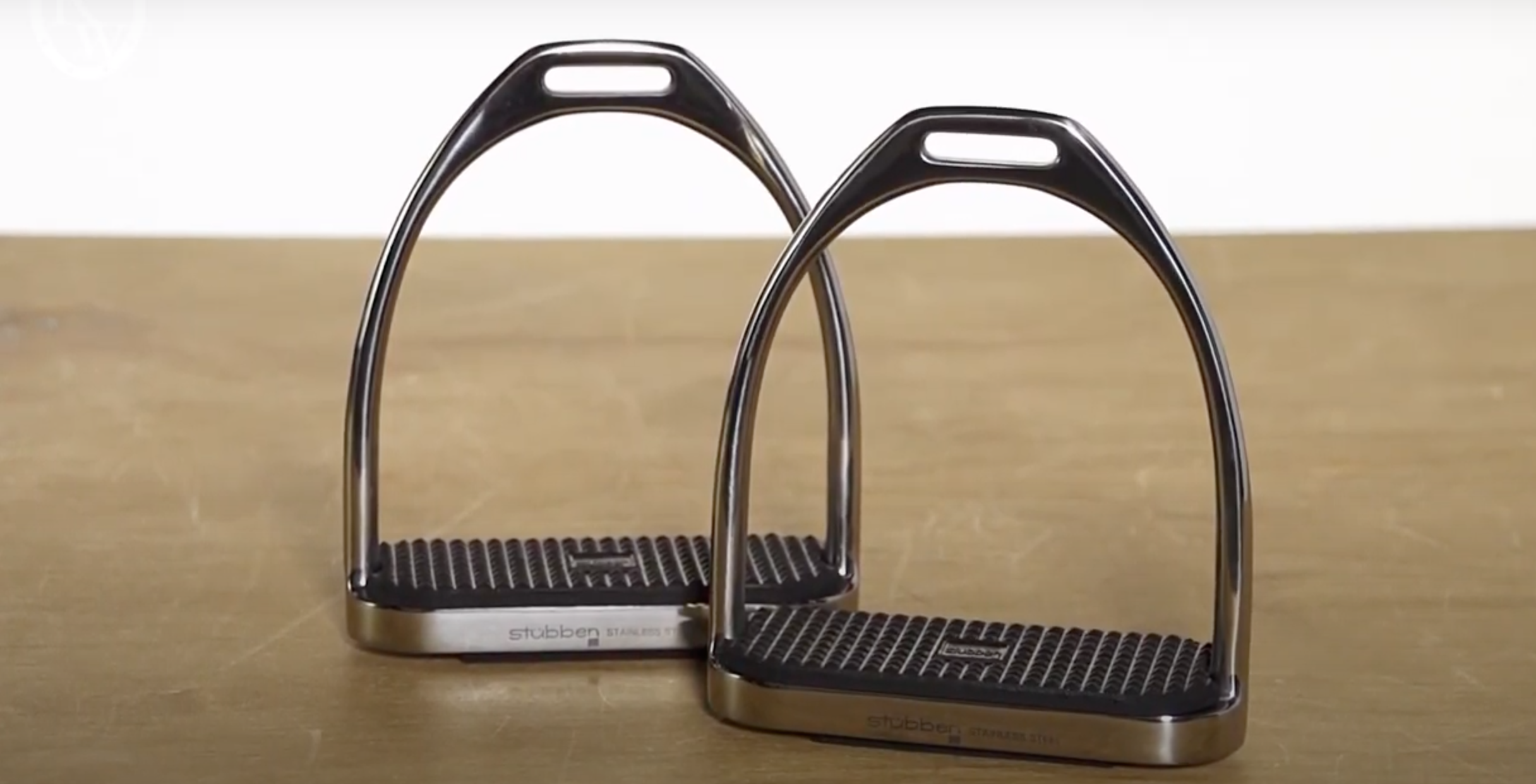
Fillis stirrups are the simplest and cheapest type of stirrup iron on the market. These stirrup irons consist of stainless steel shaped in a simple ring with a flat, padded bottom to hold the foot.
This traditional design is timeless and suitable for any discipline. It is by far the most common style found in tack stores and on saddles, even today.
Peacock Quick Release Safety Stirrup
The simple quick-release design of peacock stirrups provides an affordable way to stay safe in the saddle. Based on a traditional fillis shape, one side consists of a rubber band and leather attachment that breaks away in the event of a fall, freeing the riders foot and increasing safety.
These cheap stirrups often adorn horses used for sports where falls occur more frequently, including eventing and racing.
Flexi Stirrups
Flexible stirrups contain a pliable material like rubber that allows the iron to move with the rider, which may help absorb shock and relieve pressure. Many riders find this style extremely comfortable to ride in compared to models made of more rigid material.
They are suitable for all disciplines, but dressage riders may find them especially helpful for maintaining flexibility, although they do not help improve stability necessary for a correct position.
New-Technology
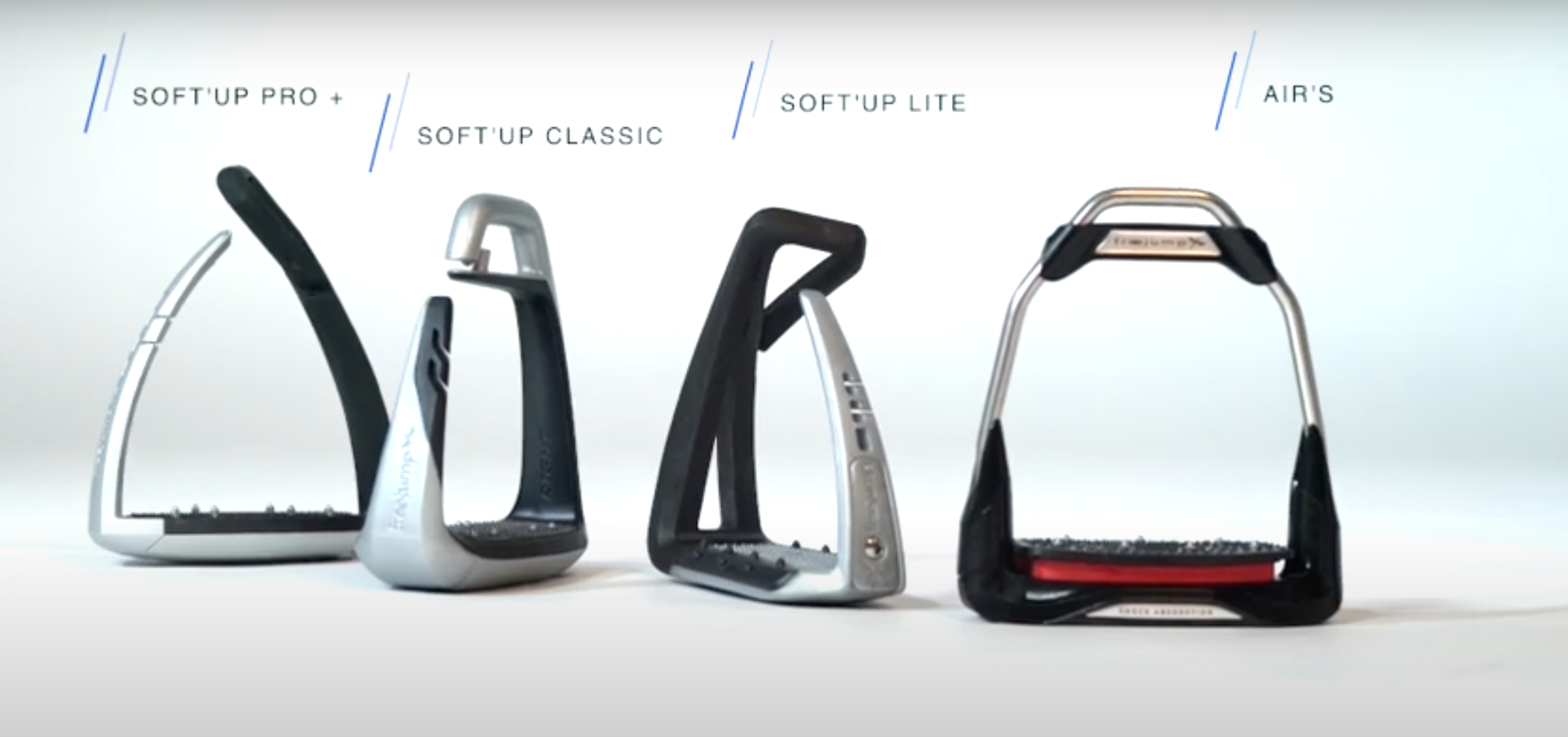
Some companies developed innovative concepts to improve the original model and increase performance and safety. Different materials like titanium make up lighter stirrups, and new designs provide better tread, shock absorption, and security features.
Dressage riders may appreciate wide footrests that help stabilize their position, while jumpers may find it easier to maneuver quickly in lightweight stirrups. Advanced versions of quick-release sides that free the foot during a fall also exist.
Stirrup Fit and Size Guide
Stirrup irons come in a range of sizes. The typical adult size ranges from 4" to 5" and depends on the size of the shoe an equestrian wears.
The fit of a stirrup iron is as important as the fit of riding boots. The stirrup must be large enough to quickly recover on a horse as well as allow the foot to release during a fall. Stirrups that are too small present safety issues and increase the likelihood of a rider's foot getting stuck. Those that are too large make staying balanced difficult.
Incorrectly sized stirrups are both distracting and dangerous. Finding the correct fit is critical to buying the right stirrup irons for you.
How do you fit stirrup irons?
Correctly fit stirrups allow room for one index finger on either side of the boot when the foot sits in the middle of the footrest. Some riders prefer a roomier or tighter fit based on preference, but safety must always remain the priority over choice. One index finger of space on either side generally promotes a feeling of security while still maintaining enough room to avoid being stuck and dragged during an accident.
What size stirrups should I buy?
As a general rule of thumb, people who wear a ladies size seven boot or smaller typically fit a size 4 1/2" stirrup.
Very petite ladies may prefer a size 4 1/4", while larger sizes generally fit a size 4 3/4".
Men with wide feet usually get a 5" size, while children may require a size as small as 3 1/2".
The easiest way to find your stirrup size is by trying different sizes to determine which provides enough space for your foot without being too broad.
Stirrup Certifications and Regulations
The variety of stirrup designs these days provides the option of trying styles that incorporate advanced technologies to help the rider. However, if you want to show, it is important to check regulations of competitive organizations that may not permit the use of stirrups that stray too far from a traditional look or provide unfair advantages with technology.
For example, some disciplines ban black colored stirrups because it is difficult to see the position of the foot in them. Others prohibit the use of technologies that venture too far from tradition by including magnets or open sides.
How to Choose the Right Stirrups
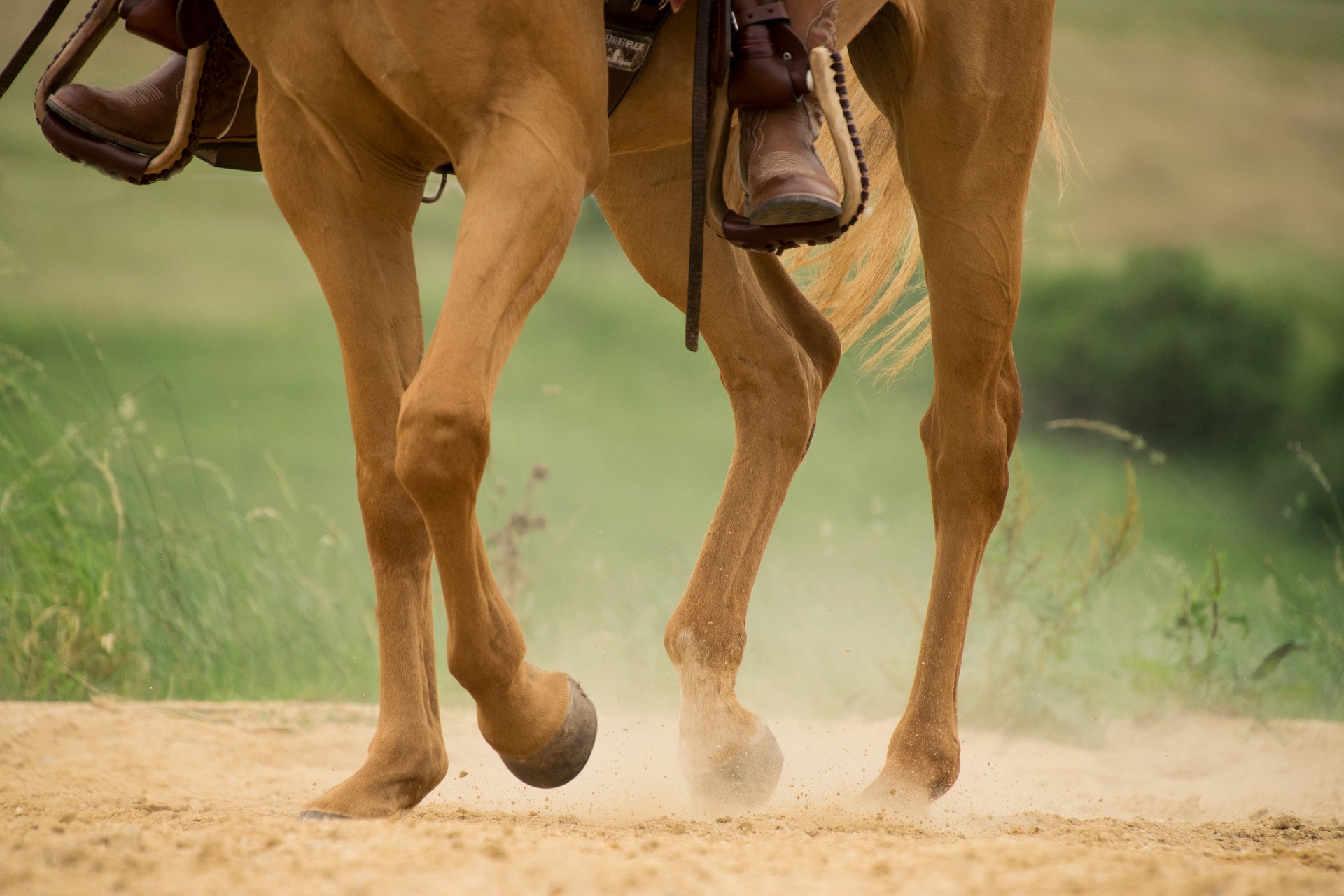
One must account for a variety of factors when determining which style to choose. Factors include riding discipline, comfort level, and safety considerations. Different styles suit specific disciplines better than others due to the strengths of individual designs supporting different riding goals.
Some riders value their comfort over their performance and prefer materials that relieve pressure on their joints and make riding enjoyable. Others who participate in more dangerous sports must prioritize safety features that avoid serious injury from dragging behind a horse.
Discipline
The best jumping stirrups differ significantly from the best stirrup irons for dressage. The best English stirrups for general horse riding remain the traditional fillis iron that has changed very little over the years. Jumper riders prefer lighter stirrups that accommodate greater agility and come with advanced safety features. Dressage riders appreciate ones that stabilize the lower leg and help achieve the quiet leg position necessary for the sport.
Comfort
Many riders experience discomfort when riding due to back pain or other joint problems. Surprisingly, stirrups can play a significant role in either enhancing relief or contributing to discomfort. They offer comfort by attaching to leathers at an anatomically correct angle or by using shock absorbing materials in a wide footpad to limit the impact of the horse's movement on the rider's joints. Flexible sides also ease the strain on sore ankles by moving with joint flexion.
What's the best type of stirrup for bad knees and knee pain?
The best stirrups for knee pain accommodate a comfortable angle for the leg, and also move flexibly with the foot to relieve pressure on the knee.
Flexi stirrups with an offset eye could be the right choice for these riders. The individual can choose which angle suits their anatomy to achieve a comfortable position, and flexible materials move with the leg to limit strain on all joints, including the knee.
Safety
Proper fit and use ensure the safety of most stirrup types, but the best safety stirrups available on the market today offer further peace of mind for a concerned rider. These styles typically feature ergonomic designs that encourage feet to withdraw during a fall, or collapsable sides that break in response to the pressure of a trapped boot.
Are Flexi stirrups safe?
Flexi stirrups are very safe. The flexible material not only enhances comfort, but also allows the foot to slip out easier following a fall from a horse.
How do safety stirrups work?
Safety stirrups work by providing mechanisms that release the foot when it is stuck. A safety stirrup includes a side that opens or breaks in response to the pressure associated with accidents.
Our 6 Top Stirrups Recommendations
1. Traditional Fillis Style Stirrups by Dover Saddlery
A timeless design from a quality brand offers a classic choice for any type of riding. They feature stainless steel sides and white rubber footpads. These standard stirrups provide an affordable option that hobby riders love.
These affordable safety stirrups improve a traditional stainless steel fillis iron by converting one side to a quick release rubber band that breaks during a fall and releases the foot. This stirrup is the top choice for riders seeking a cheap safety stirrup to provide peace of mind for more dangerous sports without breaking the bank.
These irons feature flexible rubber sides that accommodate flexion of the rider's ankle and increase comfort. The shock absorbing design offers an affordable Flexi stirrup option for riders seeking pain relief.
MDC stirrups sponsor many top equestrians for a good reason. The thoughtful design combines multiple useful features into one model that prioritizes both safety and performance.
These are the best dressage stirrup irons because of their unique eye attachment that customizes the angle of the stirrups from your horse with a click, allowing you to find your optimal position for comfort and correctness. The rubber sides allow for flexibility to move with the joints instead of against them.
Freejump stirrups are the most advanced safety stirrups on the market. The flexible outer branch of the stirrup breaks free during a horse accident. They are also incredibly lightweight and feature an anti-slip pad and inclined foot entry to maximize stability.
Innovation comes with a price, and a sizable price tag accompanies these modern stirrups.
High-quality stirrups from Lorenzini offer an excellent option for riders seeking stirrup irons for jumping. Lightweight titanium modernizes these stirrups, which also feature advanced tread to maximize security. The ergonomic design ensures safety in the event of a fall.
Best Overall
The MDC Ultimate Stirrups combine traditional design and multiple thoughtful features to create the best overall choice at a moderately higher price. Excellent reviews from riders of all disciplines describe them as the best ever for encouraging an appropriate position on the horse, plus relieving strain on the hip, knee and, ankle joints. The angled eye attachment keeps the stirrup in the ideal location for comfort, effectiveness, and safety. The tighter rubber in this stirrup enables flexibility without compromising stability like some other flexible stirrups.
Stirrups of the day have evolved significantly from the iron rings of long ago. No matter what riding goals you pursue, your next pair could provide the answer for the problems holding you back. This piece of equipment is especially important in the case of an accident to ensure your safety and avoid injury. Make an informed decision and purchase the best stirrups for your needs; this often overlooked tack item just might make the difference between winning and losing, or even life and death.
